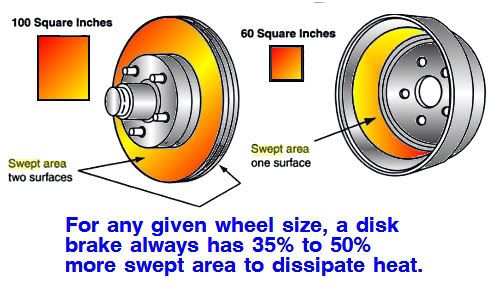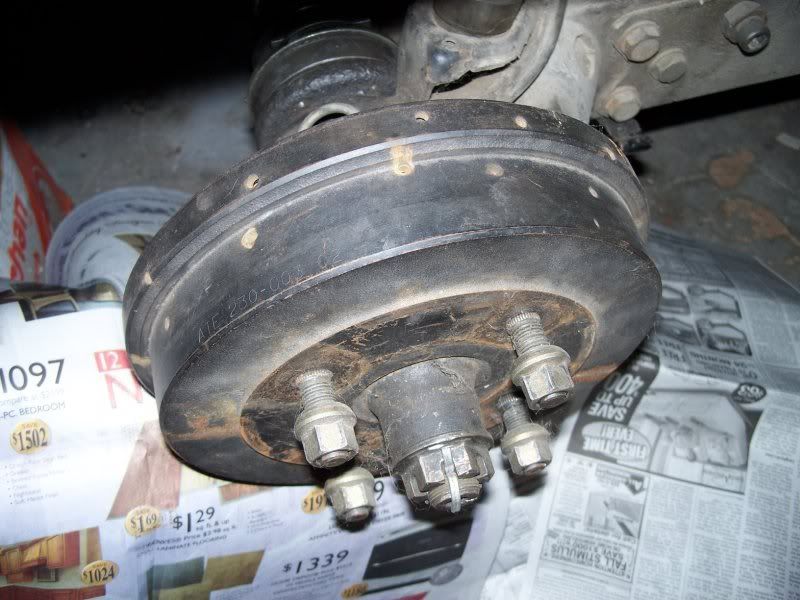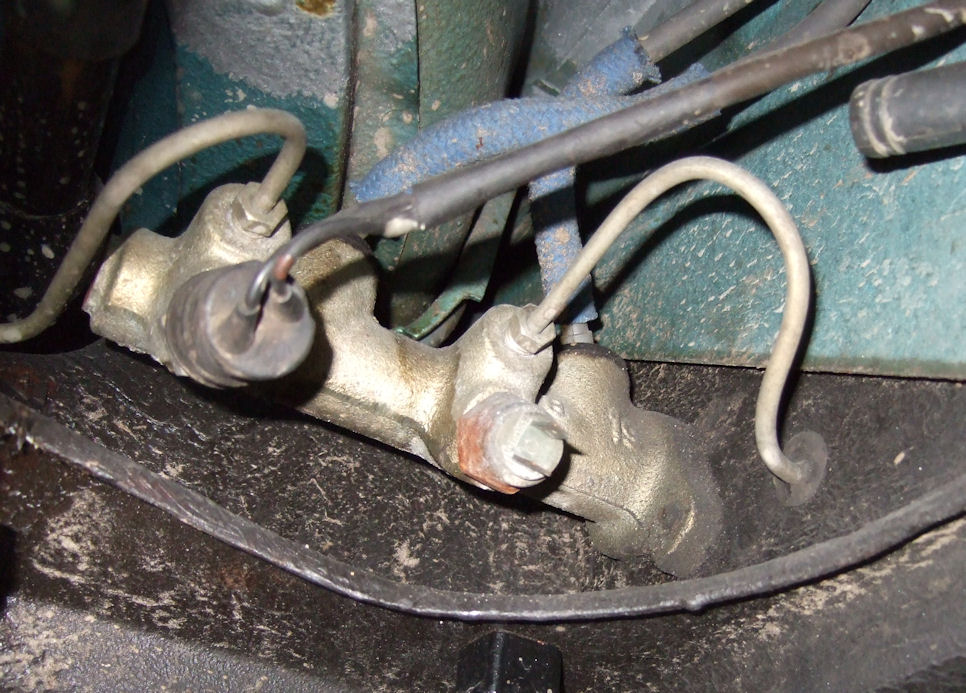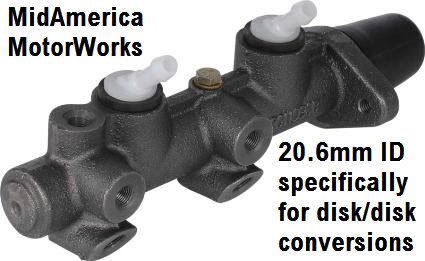
Above: No handbrake, VARGA caliper kit. This version is for parts compatibility with stock VW parts, and makes use of readily-available high performance pads. Rear disks do not need to be cross-drilled, as most braking effort is still done by front brakes.
It was as much marketing pressure as performance issues that made Porsche change to disk brakes.

Above: The famous Spyders used drum brakes.
Porsche was one of the last, if not the last, European sports car maker to adopt disk brakes for its street models. The 1963 356B Carrera 2 featured four-wheel disks, simultaneous with the 6-cylinder 1963 901/911 (with 4-wheel disks) which was already in production. The 1964 356C's (last of the 356's) were disks all around.
Even the Porsche factory racer, the 550 and 550A's were drums all around, until the 1962 RSK's (8-cylinder air-cooled) got four-wheel disks. By comparison, Jaguars had introduced disk brakes on their racing C-Types in 1953, and the 1961 street E-Type was all disk.
Porsche had a reason for delaying intro of disk brakes. The big finned aluminum drums stopped the cars just fine even from racing speeds, they were lighter than the common commercial Dunlop-made ATE-design disks, and the rear drum handbrake system was simple and efficient. Plus, Porsche had its own disk brake design it thought superior to the ATE brakes, but the reality check was it was best to use ATE disks for parts compatibility and servicing.
In 1966, US export VW Type 3's came with disk brakes, and the Karmann Ghia got them in 1967. But both only had front disk brakes, not rears.
For years now, four-wheel disk brake conversion kits have been available for VWs. Installed properly, they work great. Here's the pro and con list for converting.
PRO
1. Quick pad changes at the track or in the driveway.
2. Easy visibility of all parts to see damage, leakage, etc.
3. Better brake cooling.
4. Better water shedding.
5. Better straight-line braking stability when hot.
CON
1. Rear handbrake system not available on some low-cost kits.
2. High performance rear brake pads unavailable or hard to find.
3. Rear disk and hand brake caliper unit heavier in many cases than rear drums.
4. Front disk-rear drum combo works great as is, + no master cylinder change.
5. Simple mods make rear drums more effective, such as slave cylinder upgrade and swept area drilling.


Above: Drilled drums for better cooling.
FJC

